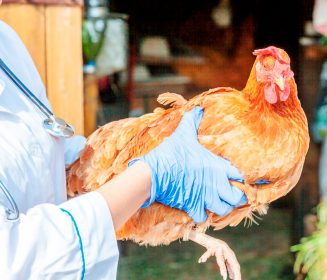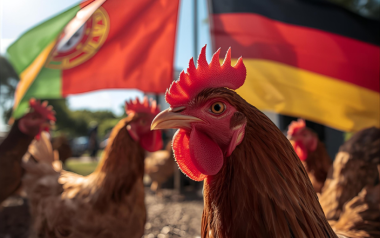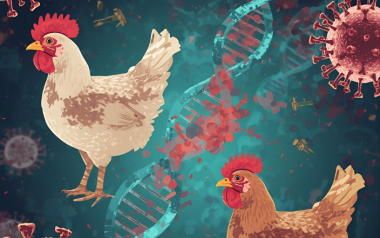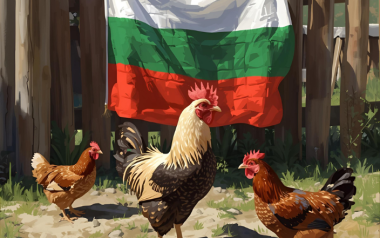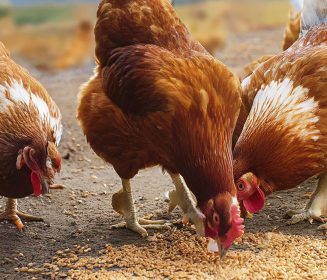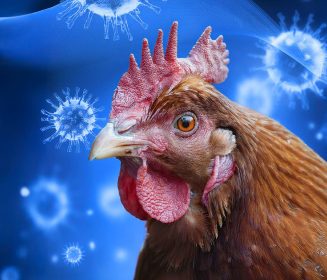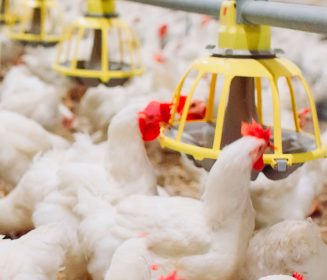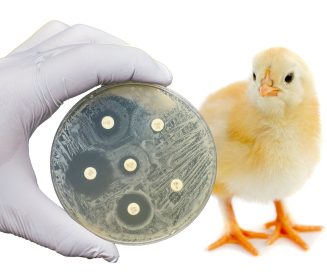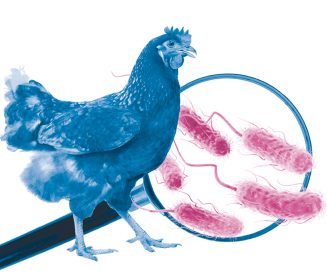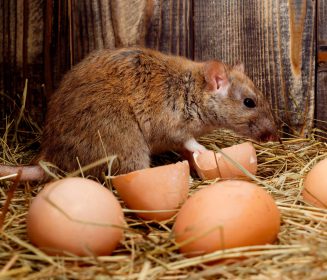Sources: Available upon request
10 Apr 2025
Bird Flu outbreak affects 36,000 turkeys in South Dakota
In a recent outbreak, highly pathogenic avian influenza (HPAI) has struck a commercial turkey facility in Beadle County, South Dakota, affecting approximately 36,000 turkeys. The U.S. Department of Agriculture (USDA) Animal and Plant Health Inspection Service (APHIS) confirmed the case on April 8, 2025.
In a recent outbreak, highly pathogenic avian influenza (HPAI) has struck a commercial turkey facility in Beadle County, South Dakota, affecting approximately 36,000 turkeys. The U.S. Department of Agriculture (USDA) Animal and Plant Health Inspection Service (APHIS) confirmed the case on April 8, 2025.
This incident marks the sixteenth recorded case of HPAI in Beadle County since early 2022, bringing the total number of birds affected in the county to 825,000. South Dakota has experienced significant impacts from avian flu, with the state recording the second-highest number of cases in the U.S. since the global outbreak began in February 2022. To date, 115 commercial flocks have been affected, impacting over 6.1 million birds.
The avian flu outbreak in the U.S. has been widespread, with 45 cases reported in the past 30 days alone. These cases include nine commercial and 36 backyard flocks, affecting approximately 1.94 million birds across 20 states. Despite the severity of the outbreak, there has been a downward trend in commercial cases, with 12 reported in March compared to 59 in February and 85 in January.
The impact of avian flu extends beyond the immediate loss of poultry. The virus poses a potential threat to human health, although the risk remains low at present. Nationally, about 70 people have been sickened by the virus, primarily farm workers or veterinarians exposed to infected birds or cattle. In January, an elderly resident of Louisiana became the first person in the U.S. to die from bird flu after being exposed to sick birds.
The economic consequences of avian flu are also significant. The outbreak has led to rising costs for poultry products, including eggs and chicken breasts. Additionally, the virus has spread to mammals, causing the death of cattle and domestic cats in South Dakota.
Efforts to control the spread of avian flu are ongoing. The USDA and APHIS continue to monitor and manage outbreaks, implementing measures to prevent further spread and mitigate the impact on both poultry and human populations. Public health officials and scientists are closely studying the virus to understand its potential to cause a human pandemic and develop strategies to prevent such an occurrence.
As the situation evolves, it is crucial for poultry farmers and the public to remain vigilant and adhere to biosecurity measures to protect both animal and human health. The avian flu outbreak in South Dakota serves as a stark reminder of the challenges posed by infectious diseases and the importance of preparedness and response efforts.








